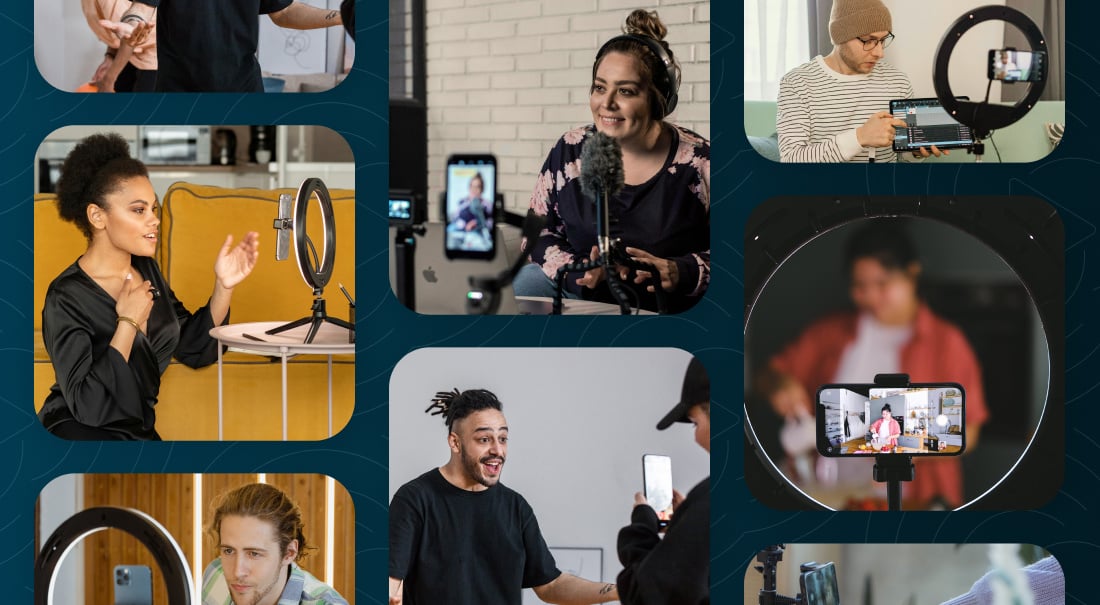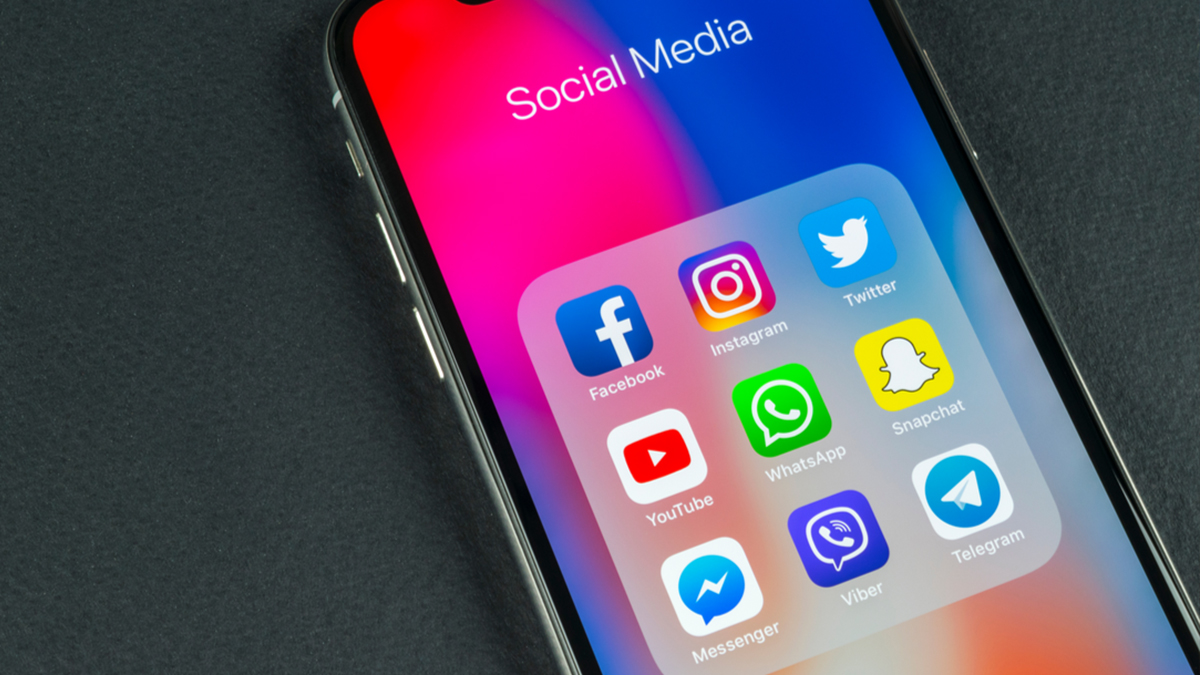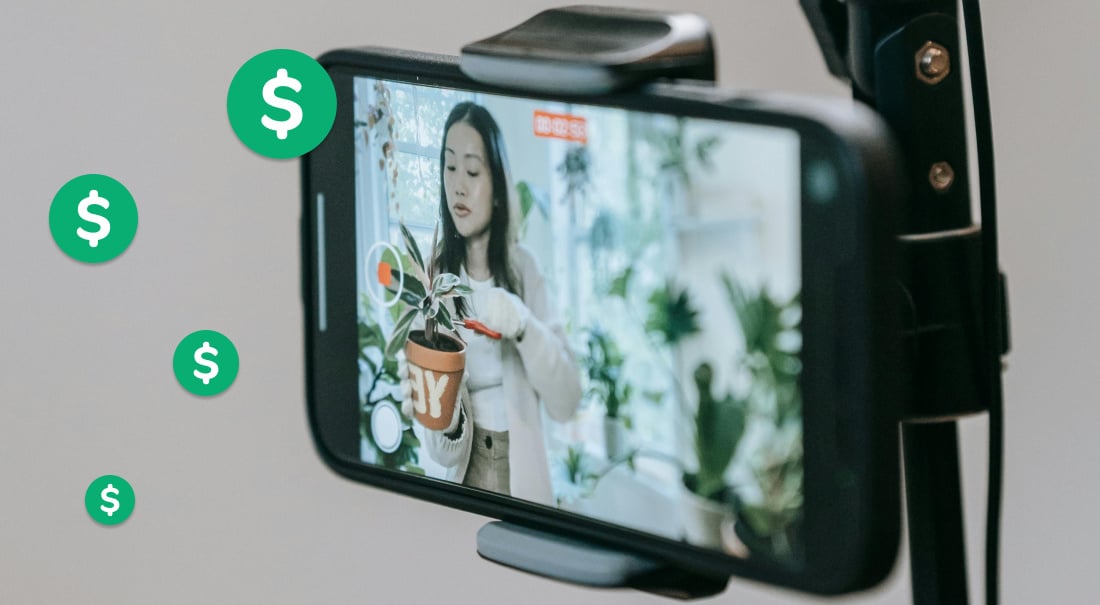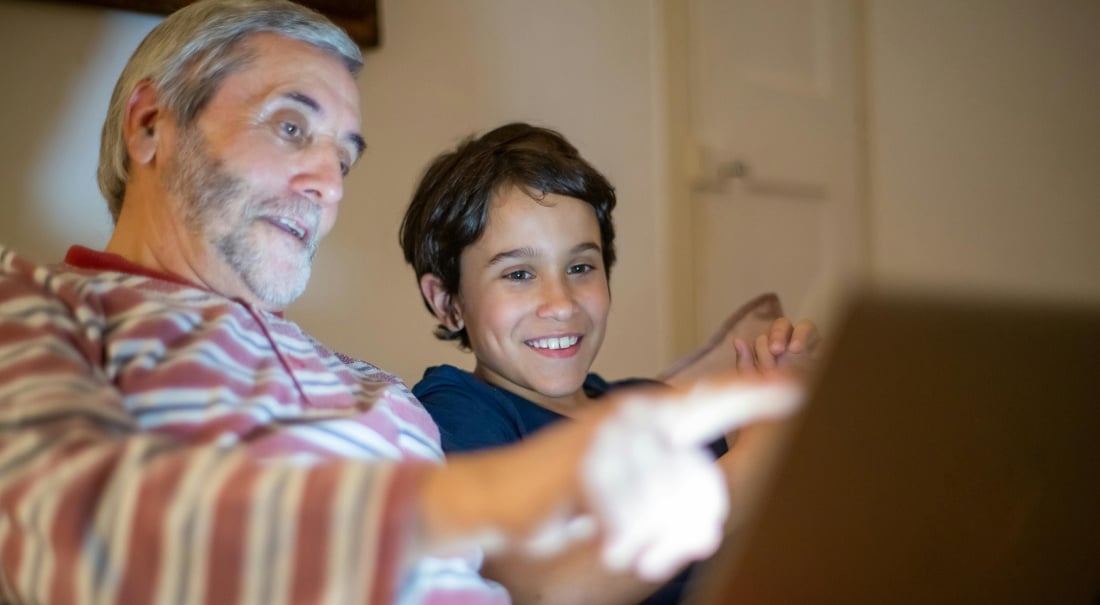
This is the sixth post in our Live Video Content Strategy series, helping you craft a strategy for your live videos.
Free livestreaming channels are ubiquitous. But with so many platforms to choose from, which one is right for you and your organization? That depends largely on your intended audience and your live video goals. If you've been crafting your live video content strategy alongside this blog series, you have these articulated, along with your niche and your first several topics. Now you're ready to choose your livestreaming channel.
.jpg?width=300&name=con-karampelas-1178814-unsplash%20(1).jpg) To help you choose, we're going to dive into the pros and cons of two popular livestreaming channels, YouTube and Facebook. Although there are myriad other channels — Instagram, Periscope, and Twitch, among them — YouTube and Facebook are still most popular when it comes to helping you share great content, build an audience, engage with viewers, and turn live videos into longterm evergreen content that, over time, helps you get more subscribers and customers.
To help you choose, we're going to dive into the pros and cons of two popular livestreaming channels, YouTube and Facebook. Although there are myriad other channels — Instagram, Periscope, and Twitch, among them — YouTube and Facebook are still most popular when it comes to helping you share great content, build an audience, engage with viewers, and turn live videos into longterm evergreen content that, over time, helps you get more subscribers and customers.
Go where your audience is
If your organization is still starting out in social media and doesn't have a huge following, Facebook is the best platform for new streamers. Your existing followers on Facebook will be your initial audience. Through calls-to-actions (like “Follow our page and be sure to share this video”), you can motivate your existing audience to help you reach a larger one. Youtube, on the other hand, doesn’t have a built-in audience for beginners. Since Youtube is more of a watch destination than a social network, it can be pretty lonely for beginners.
Established social media personalities and brands may already have a lot of subscribers on YouTube or followers on Facebook. If you already have a built-in audience on one of these platforms, go live on the platform that has the potential for the highest viewership.
Make money from your livestreams
.jpg?width=300&name=christian-wiediger-1320093-unsplash%20(1).jpg) Beyond promoting yourself or your brand, you may want to make a little bit of money from the live videos you produce. This is especially true if your content is your product or offering, rather than a marketing tool to promote other products. Both YouTube and Facebook have monetization options available for live and on-demand video, though you must meet certain requirements in order to enable monetization on these platforms.
Beyond promoting yourself or your brand, you may want to make a little bit of money from the live videos you produce. This is especially true if your content is your product or offering, rather than a marketing tool to promote other products. Both YouTube and Facebook have monetization options available for live and on-demand video, though you must meet certain requirements in order to enable monetization on these platforms.
YouTube offers channel memberships, giving perks like badges, emoji, and other goods you offer to members. You must have more than 30,000 subscribers and be in the YouTube Partner Program to qualify for channel memberships. You can also earn money on YouTube by enabling monetization on your channel. This will place ads on your videos which earn you money for each ad view. You must have at least 1,000 subscribers and 4,000 watch hours on your channel to enable monetization.
Facebook offers ad breaks for live videos and on-demand videos that are longer than 3 minutes. In order to earn money via ads, your Facebook page must have been created more than 90 days ago and must have a loyal, consistent following. In addition to the 90-day requirement for pages, Facebook requires users to have 10,000+ followers, 30,000+ 1-minute views on 3-minute+ long videos in the past 60 days, and to meet community guidelines in order to be eligible for monetization. You can check your eligibility in Facebook’s Creator Studio.
Schedule all the things
Scheduling live videos makes it possible to promote your video ahead of time to build buzz and anticipation. If your followers/subscribers have notifications enabled, they will be notified when you go live, which in turn leads to higher engagement. Both YouTube and Facebook Live offer robust tools for scheduling live videos.
Facebook allows you to schedule videos up to 7 days in advance and crosspost your videos with other pages. That means you can broadcast the same live video on many other pages that you’ve established a cross-posting relationship with, multiplying your reach.
YouTube’s live video tools effectively allow you to build an internet TV station with excellent scheduling and broadcasting tools. For example, you could have a 24-hour livestream and schedule 1-hour blocks within that stream, allowing viewers to choose which programming they want to watch, and automatically creating video-on-demand for each of those blocks.
So which platform is best?
Unfortunately, there’s no clear winner because every brand's or creator's needs are slightly different. The platform that's best for you depends on the live video content you are creating and the audience that you are targeting. I personally enjoy streaming to Facebook because I get higher during-live engagement on that platform, but then I upload a full-HD or 4K recording of the video to YouTube to bolster the content on my YouTube channel. The most important thing is to go live and to go live often. The more content you create, the higher the potential for watch hours, which can lead to more followers and subscribers.
Subscribe to the blog
Sign up to receive notifications whenever a new blog post is published. You may unsubscribe at any time.

Share
About the Author

Ernesto is Switcher's senior software engineer and one of the company's co-founders. He has 15 years of web and software development and can answer nearly any question you throw his way about multicamera livestreaming with Switcher. A master troubleshooter and mentor, he has also spent several years volunteering at Code Louisville, helping students learn full-stack JavaScript.
All posts by Ernesto Ramos


